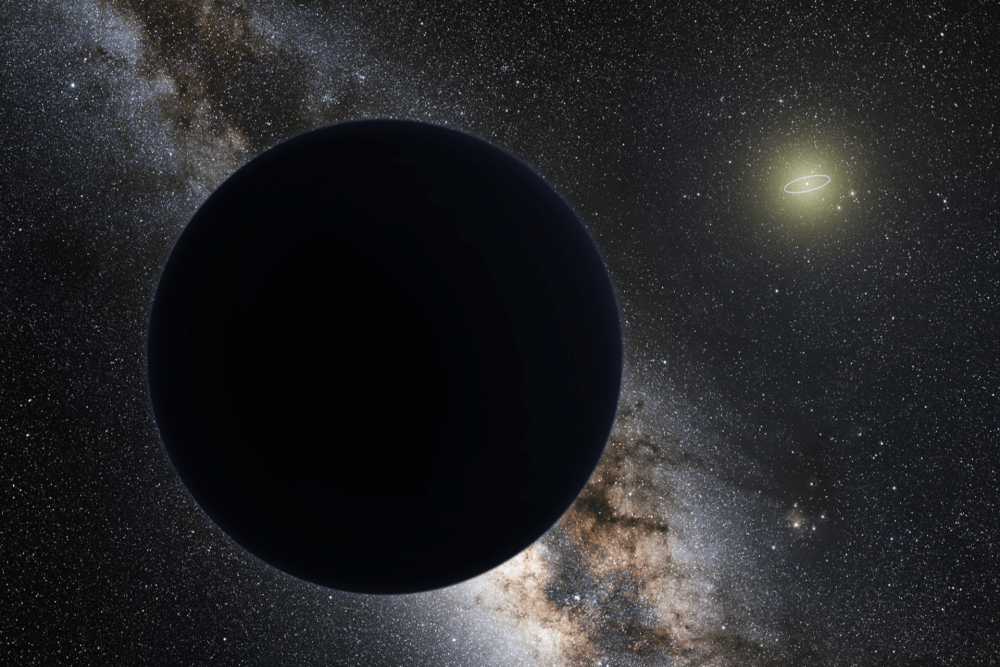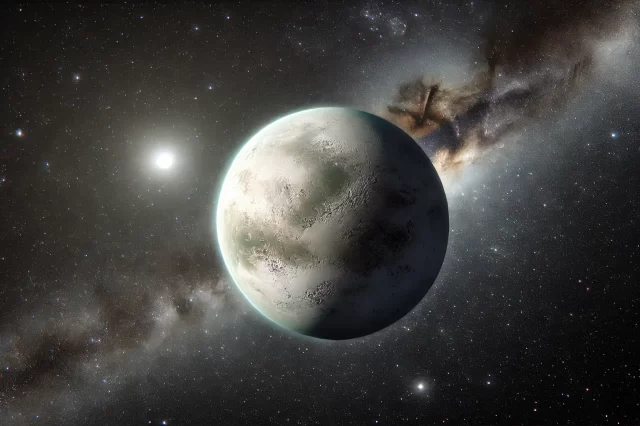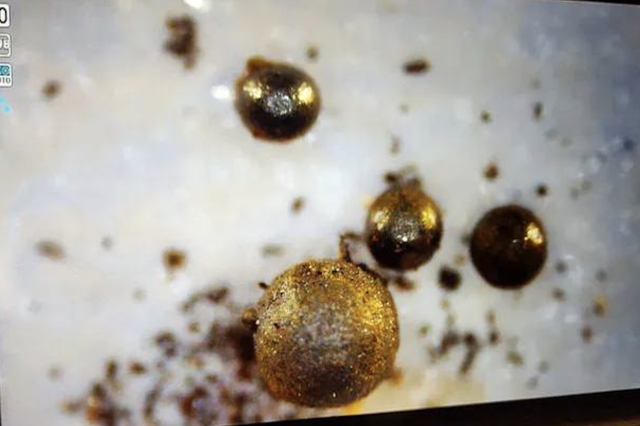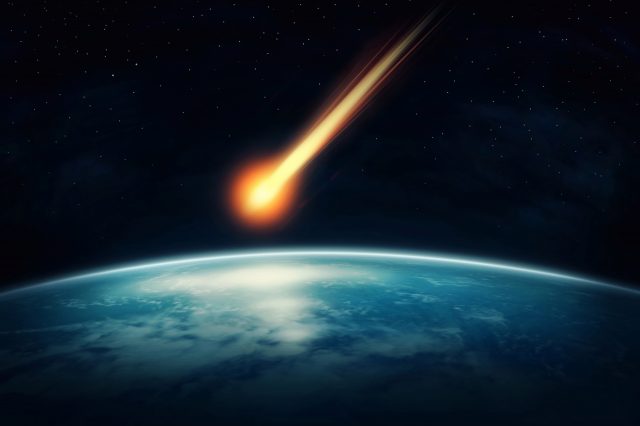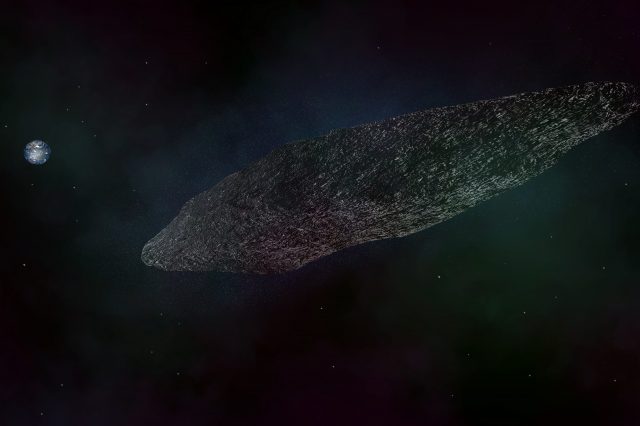Scientists suspect that there is a giant planet hidden within the outermost limits of our solar system. This world is referred to as Planet Nine. According to experts, this world is influencing trans-Neptunian objects and even interstellar objects with its gravitational force, a new research has suggested.
There is an alleged undiscovered planet beyond the orbit of Pluto. This hypothetical world, called Planet Nine, is approximately five times Earth’s size, orbiting the sun in a highly elliptical orbit. So far, the planet exists only in theory, as no conclusive evidence has been found to support its existence. However, scientists say that an interstellar object that smashed into our planet in 2014 could provide the ultimate evidence we need to prove this world exists. The object in question is known as CNEOS 14.
A high-speed interstellar object
The object smashed into the Pacific Ocean in 2014 and was identified a year ago by Harvard astronomer professor Abi Loeb and his student Amir Siraj, using data gathered by NASA. Professor Loeb explains that this object is of great importance, and he has set up an expedition in an attempt to explore the ocean floor and recover its fragments. The small interstellar object, believed to have been no more than one meter across, impacted our talent after zooming through the solar system at 60 kilometers per second.
Reconstructing the trajectory
This high speed has led experts to suspect it originated from a distant star system. To figure out whether such an object came from another solar system, scientists need to rule out that the object accelerated with the help of the gravity of one of our solar system planets. They can do this by reconstructing its trajectory and seeing that it did not pass near any of our “known” solar system planets. But what if the curious object did interact with a planet in our solar system, with a planet we have still not found, perhaps Planet Nine?
This is exactly something researchers Héctor Socas-Navarro and Ignacio Trujillo Cabrera from the Instituto de Astrofísica de Canarias asked. And the answer opened a new line of work. To solve the mystery, they ran several simulations reconstructing the object’s path through our solar system. They discovered three improbable anomalies in an object originating from another star system.
Three anomalies in favor of Planet Nine
To their surprise, they found that by combining the three anomalies, there is either something entirely strange we are unaware of in interstellar objects, or there is a 99.9% chance that a massive planet exists in the outermost regions of our solar system. Based on their simulations, the researchers believe that the object known as CNEOS14 would have been deflected towards our direction by a giant, unknown object in the outer solar system, possibly the hypothetical Planet Nine, approximately 30 to 60 years ago.
Finding the hiding place of Planet Nine
Researcher Trujillo Cabrera explains that, if their calculations are correct, we could discover the “hiding place” of Planet Nine by tracing the CNEOS14 trajectory back in time. Based on their calculations, the enigmatic world would be very close to the point in the sky where the constellations Aries, Taurus, and Cetus meet. However, for the moment, the scientists are cautious and explain that the hypothesis presented in their study is, at this point, no more than speculation, albeit a well-founded one.
Have something to add? Visit Curiosmos on Facebook. Join the discussion in our mobile Telegram group. Also, follow us on Google News

